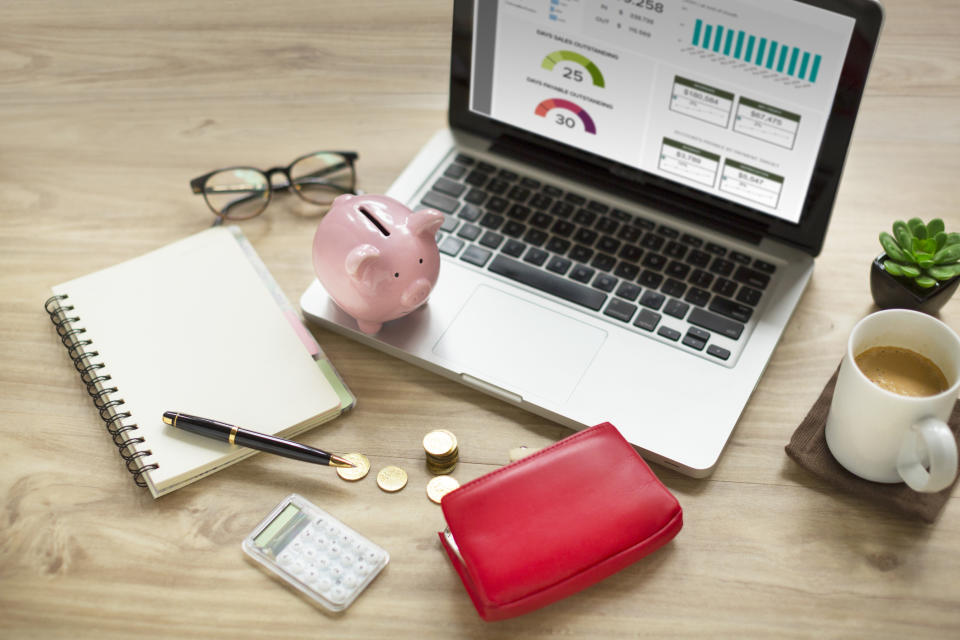5 easy ways to cut costs during coronavirus

Incomes are down for many shocked Aussies. It happened dramatically, traumatically, overnight.
But what was largely missed was that the shape of our expenses changed at the same time. Or it should have.
And there’s more you can probably do.
Here are the five best ways of cutting your economic-crisis costs, so that you can emerge on the other side of this stronger and more financially secure than before.
Step one: Slash your main so-called fixed cost
First up, there is no such thing.
Your biggest fixed cost is the roof over your head: your mortgage or your rent. If you’ve found yourself in financial hardship since the advent of this craziness, then you should have been able to negotiate a discount on your rent.
But if you have a mortgage, there are three better strategies than a repayment holiday.
Firstly, ask your existing lender to match the current best-value home loan – not the very cheapest loan but the cheapest one with an offset account – of 2.65 percent.
Actually move to that best loan if your bank doesn’t budge, which is HSBC’s Home Value Loan. You can find all the top deals on Mozo.com.au (remembering you want a loan with a real offset account).
But if an income hit or job insecurity means a refinance is not realistic right now, then ask your existing lender to put you on an interest-only basis for your repayments.
And if they refuse that, ask for a repayment holiday. Then pay the interest equivalent every month, so it’s like a DIY interest-only.
Step two: Cut the rest of your so-called fixed costs
Every bill you think you have no control over, you do. Every input cost into your life (think utilities, telcos and insurers), you can probably cut. And there are free sites to help you do it. My favourite are:
Energymadeeasy.gov.au (or compare.energy.vic.gov.au in Victoria) for electricity and gas;
Whistleout.com.au for all your telecommunications (just be sure to scroll down to the actual best deals);
Canstar.com.au for most of your insurances (but uncheck the ‘only show results that link to a quote page’ box first); and
Privatehealth.gov.au for your health insurance (this one’s excellent and government-run).
Check out how much you could save today.
Step three: Trim your variable costs
So, these are the costs that your usage affects. And yes, you can throw utilities and telcos into this category as well.
Cutting usage is not complicated but perhaps you’re now more motivated. For example, the most effective ideas for cutting electricity are: operate energy-intensive appliances in off-peak periods, minimise usage of the clothes dryer, decrease the temperature on your heater/increase it on air-con and turn appliances off at the wall.
And now that we’re all starting to get on the move again, how unconscionable is the 30 percent petrol inflation?! I like the free app PetrolSpy to find the cheapest places to buy - and cutting consumption is all about emptying the car and driving gently.
Even here, so much of what you spend is within your control, rather than out of it.
This brings us to your fully discretionary costs, which – surely – have to be split across two steps... what you do and what you buy.
Step four: Firstly, save on what you do
This has been forcibly cut for us over the last two months. My monthly credit card bill has roughly halved. You?
But logically, these expenses could start to creep back up again. How much will be up to you but cocooning – the term for recreating restaurant and entertainment experiences at home – saves a lot and also fits with the phased return to a normal social life.
At this point you’d do well to identify the impact of this discretionary spend. One of the best ways I know of doing this is to use a super simple budgeting template. I’ve always sworn by the one at moneysmart.gov.au.
Step five: save on what you buy
This might well be the one where you didn’t see your outlay fall over isolation. Clicking from the couch was an appealing way of passing the time after all
Could you expunge some expense?
Finally, if times are really tight, there is an amazing, potentially life-changing free financial counselling service here.
Are you a millennial or Gen Z-er interested in joining a community where you can learn how to take control of your money? Join us at The Broke Millennials Club on Facebook!

 Yahoo Finance
Yahoo Finance 
